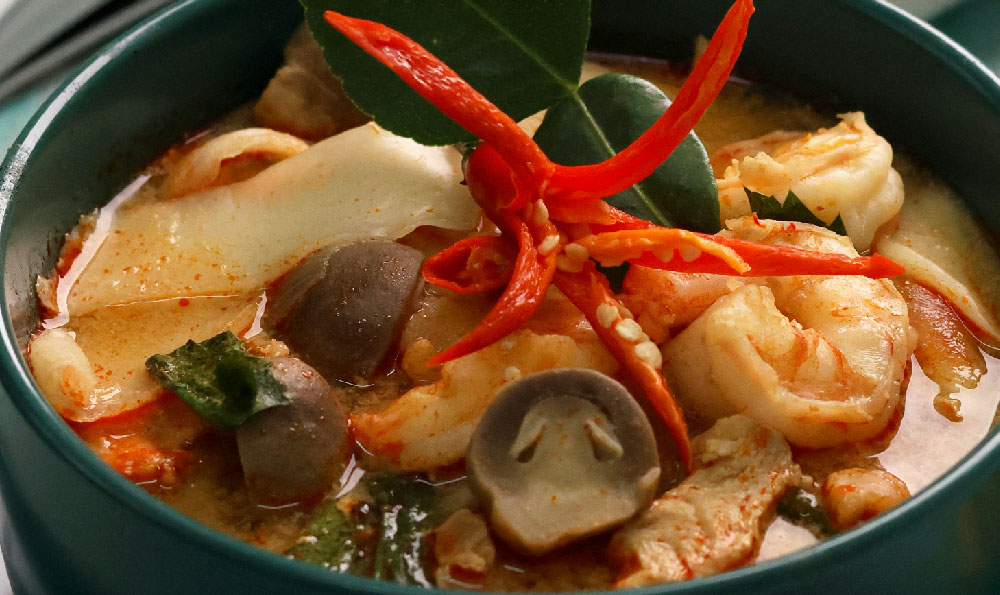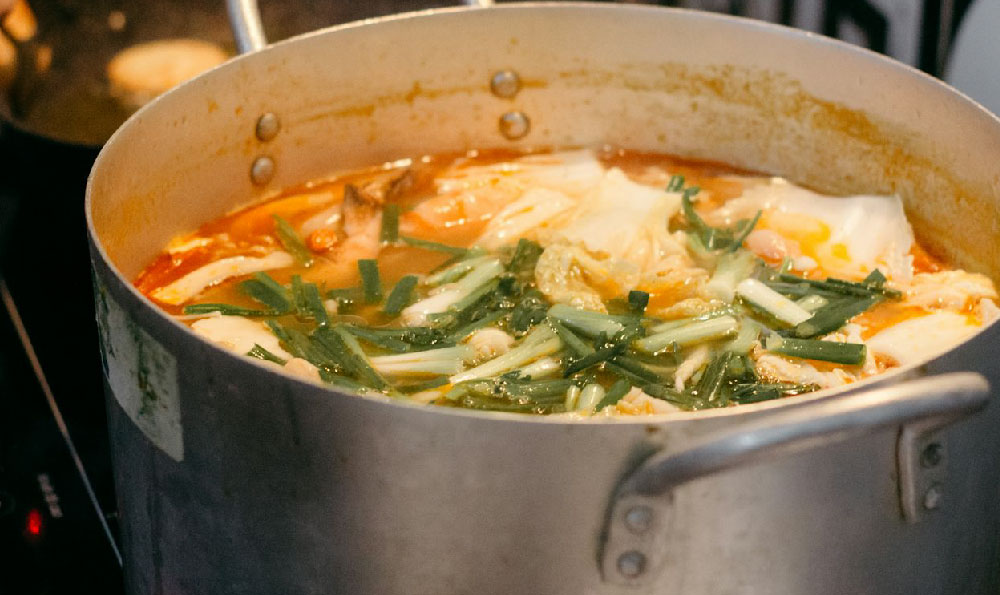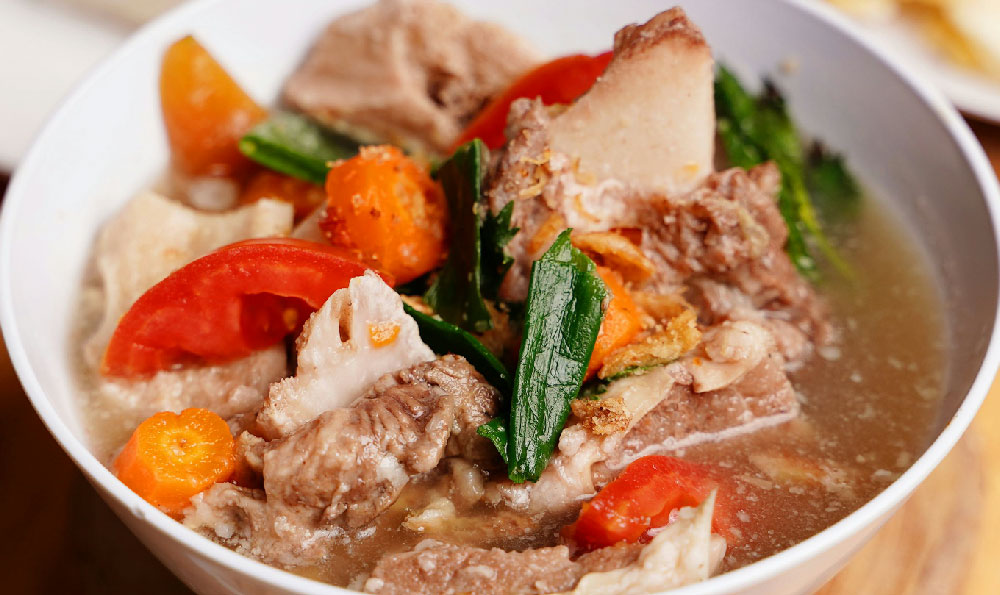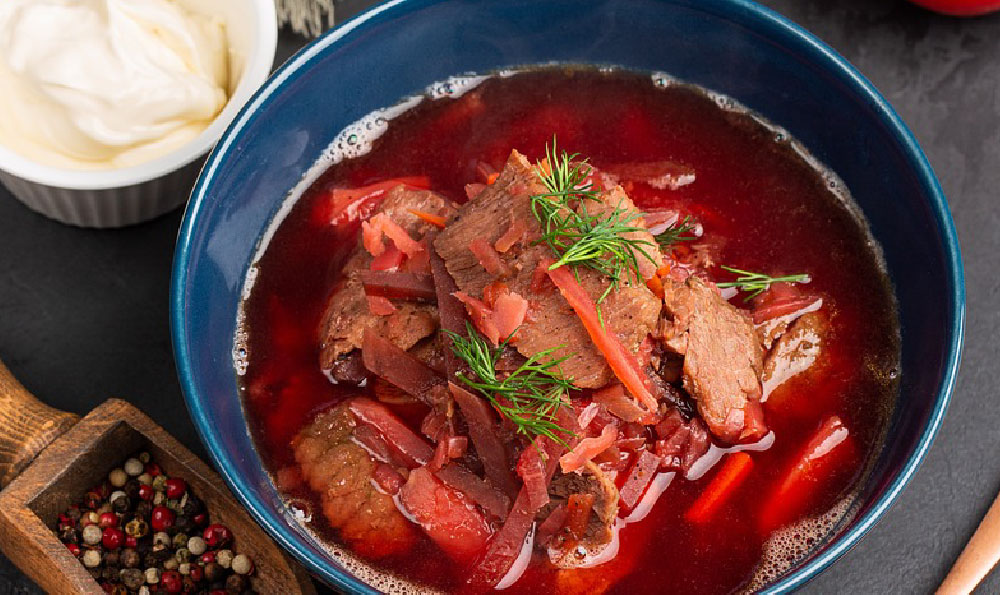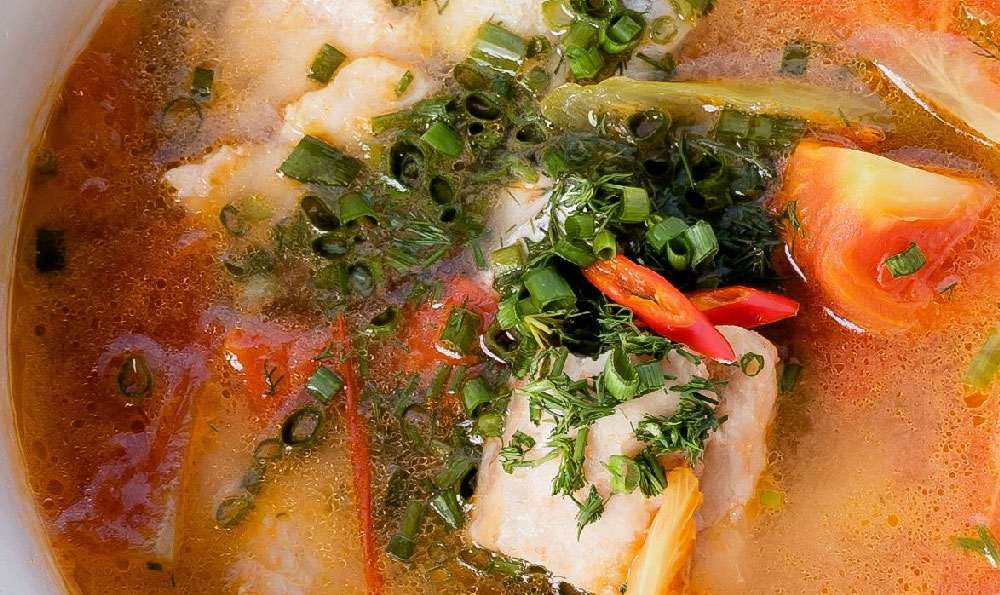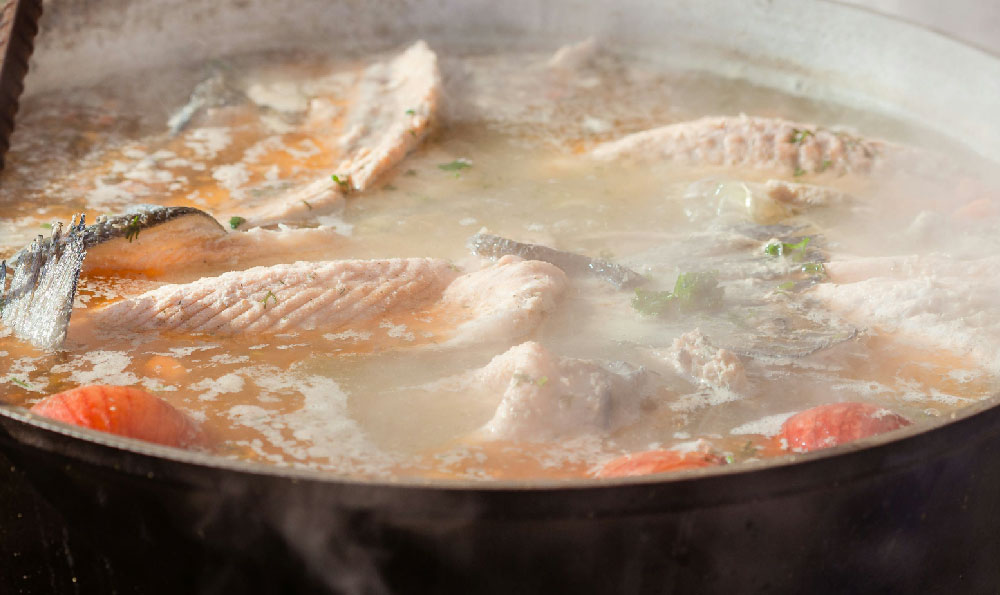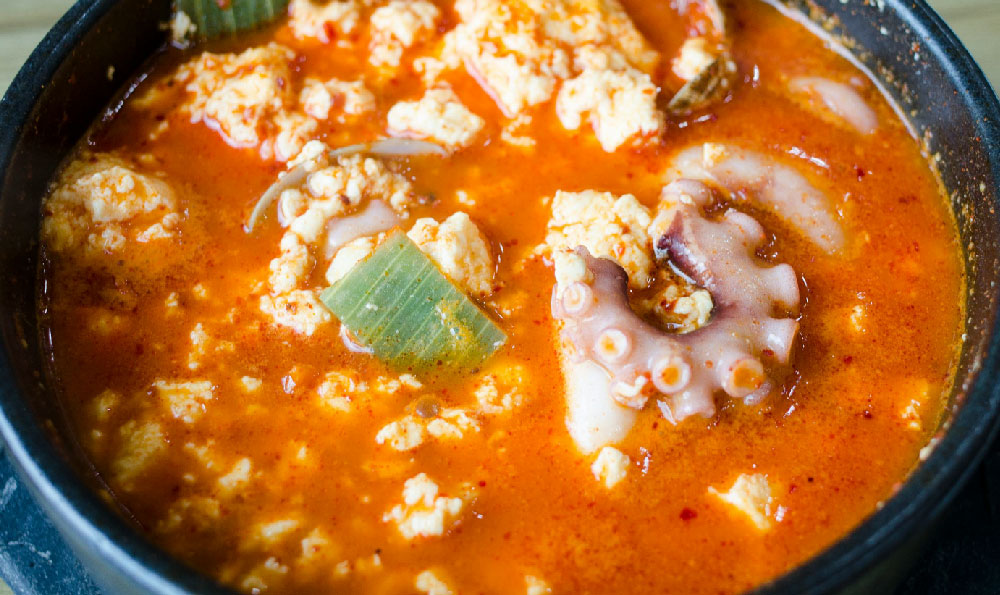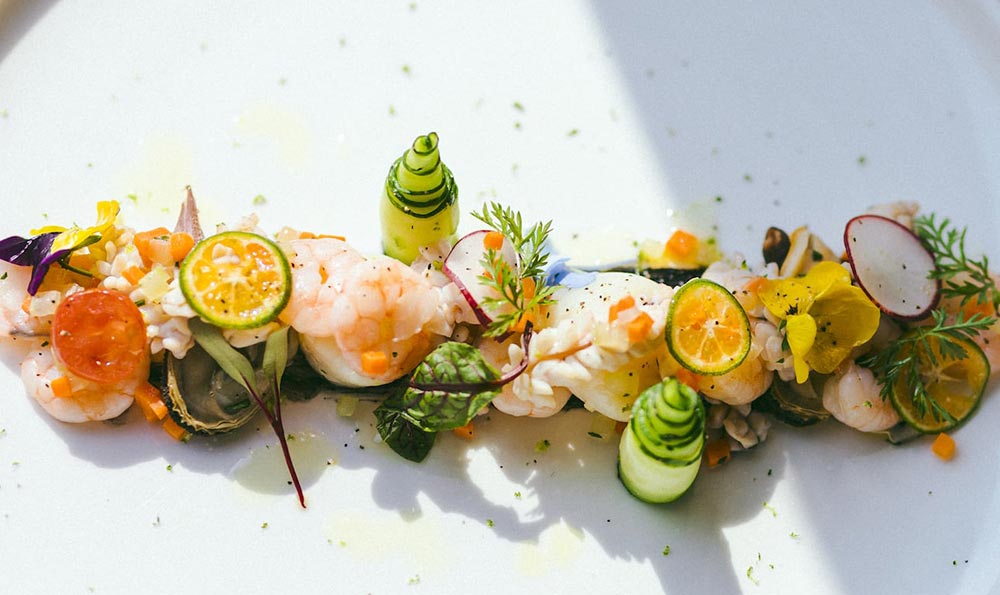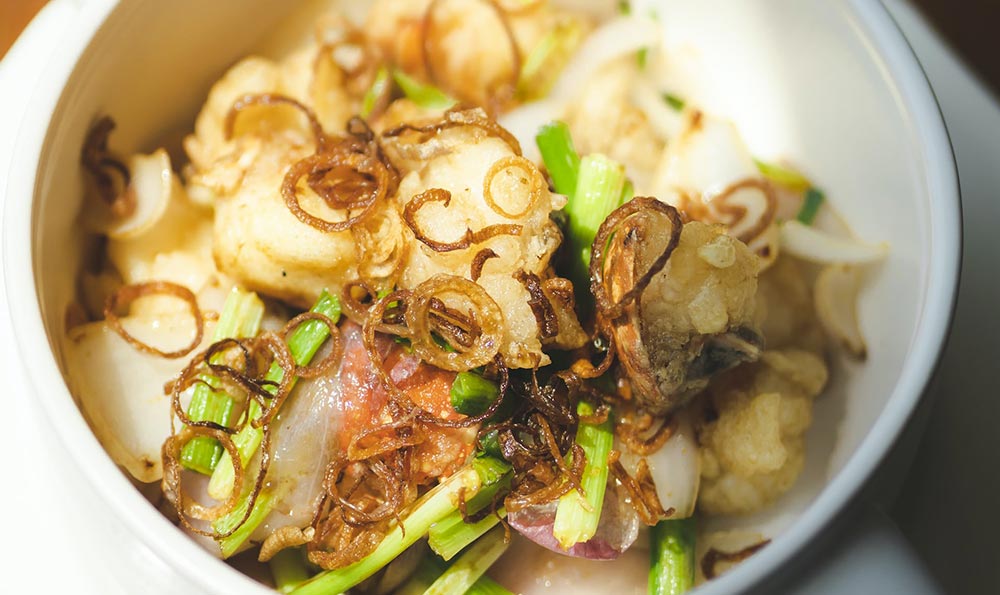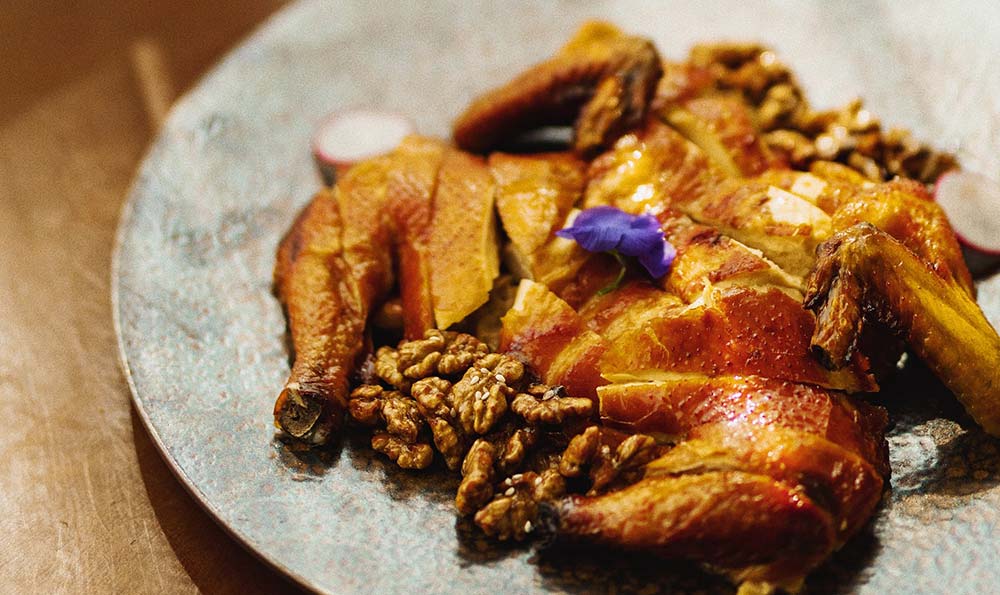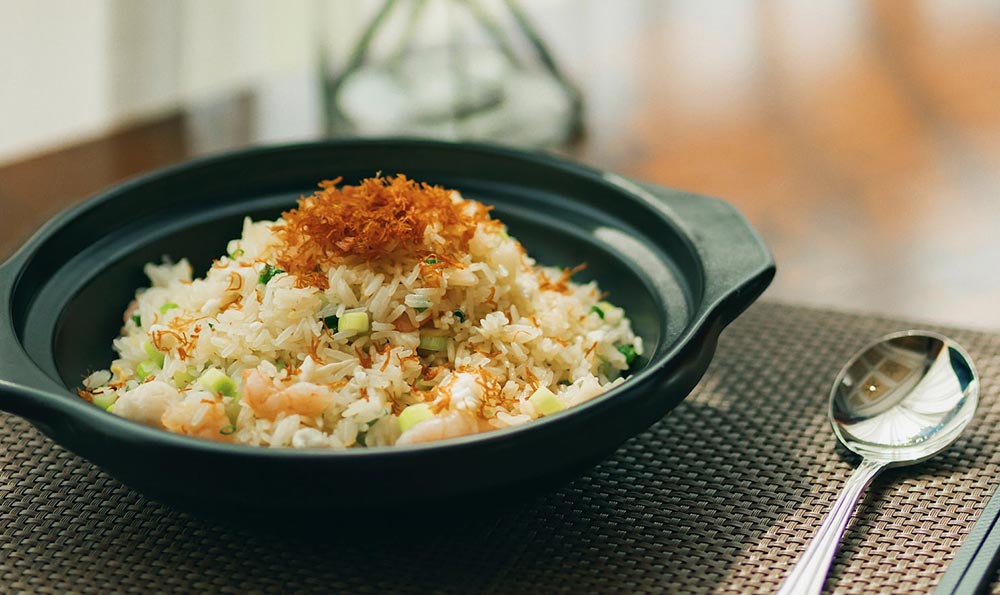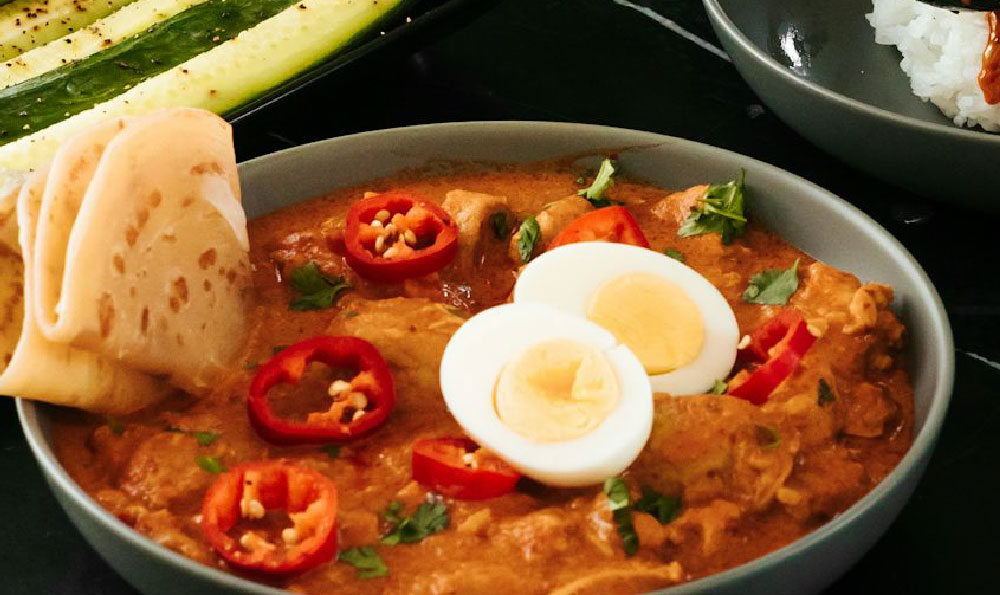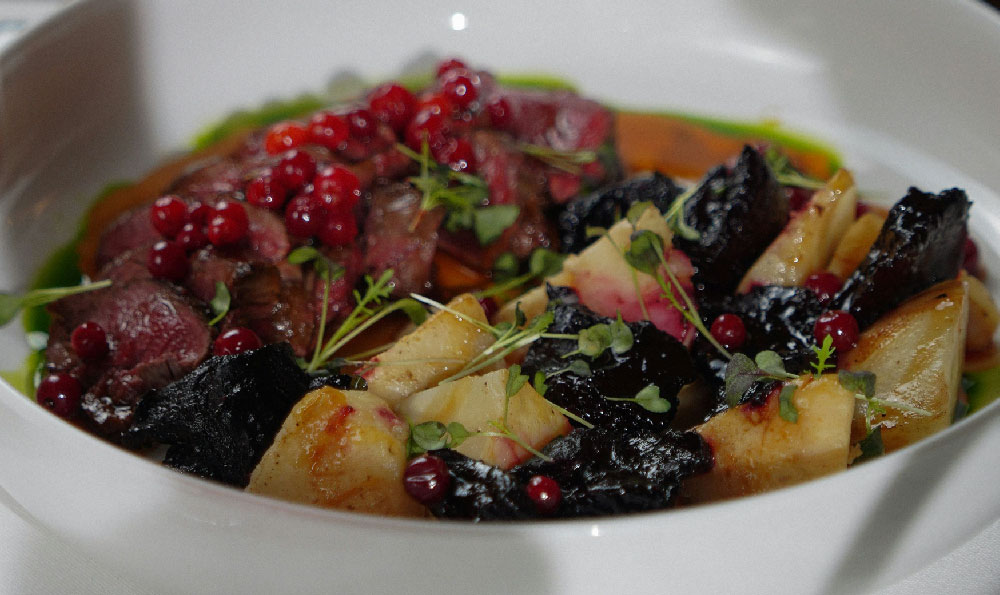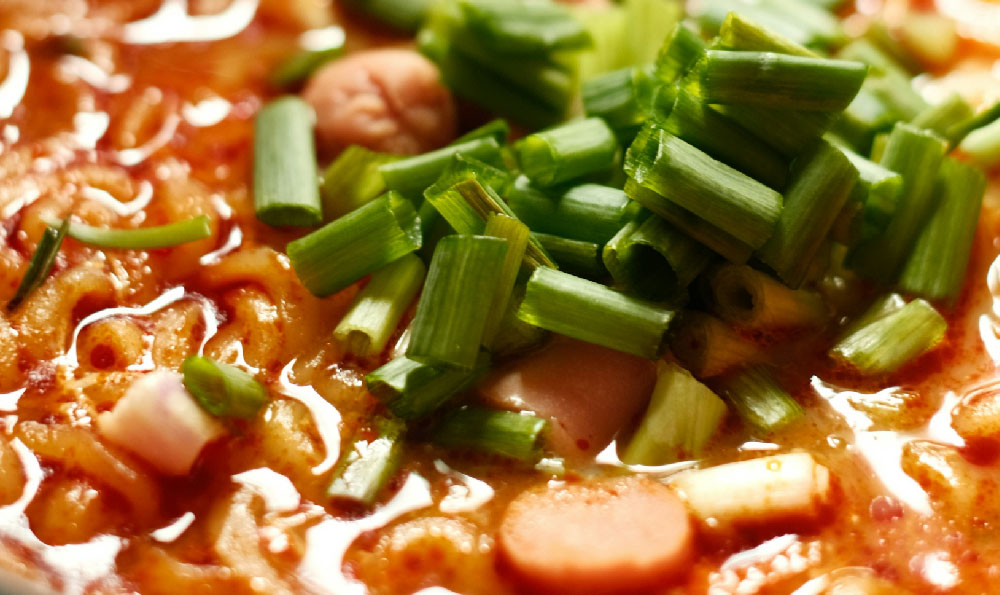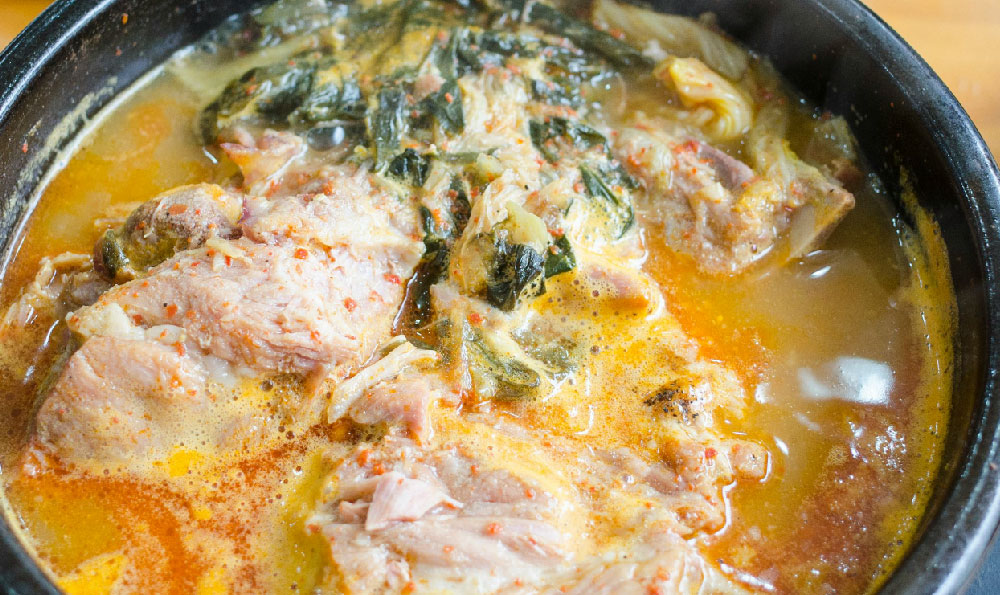严冬火锅麻辣烫是一家在中国火锅餐饮行业中备受认可和喜爱的品牌。该品牌以其独特的麻辣口味和丰富的食材组合而闻名。无论是在寒冷的冬天还是其他季节,严冬火锅麻辣烫都能为顾客提供一种暖身又美味的火锅体验。
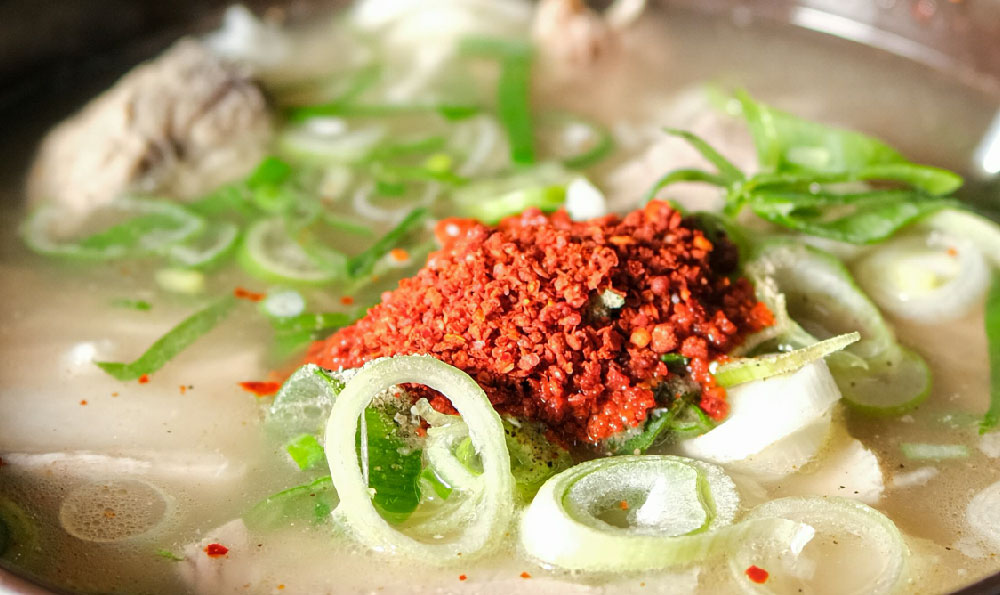
每份严冬火锅麻辣烫都由新鲜的食材精心准备而成。他们选择优质肉类、鱼类和海鲜,配以各种蔬菜和豆腐,坚持只使用新鲜食材,确保每一口都能让顾客感受到美味的滋味。严冬火锅麻辣烫还提供了多种辣度选择,以满足顾客不同口味的需求。
在严冬火锅麻辣烫的就餐环境中,顾客可以感受到温暖和舒适。餐厅采用了先进的通风系统,确保了空气的流通和清新,让顾客在享用美食的同时也能呼吸到清新的空气。餐厅的装修风格简约而时尚,营造出一个愉悦的用餐氛围。
服务是严冬火锅麻辣烫最重要的宗旨之一。餐厅的员工接受了专业的培训,拥有良好的服务意识和沟通能力。无论是点菜还是送餐,他们总是尽心尽力地为顾客提供周到的服务。餐厅还提供在线预订和外卖服务,方便顾客随时随地享受火锅麻辣烫的美味。
严冬火锅麻辣烫一直致力于提供优质的餐饮产品和服务,赢得了广大顾客的信任和口碑。无论是年轻人还是老年人,无论是家庭聚会还是朋友聚餐,严冬火锅麻辣烫都能满足不同人群的需求。它的美食口感和独特的麻辣味道成为了各个年龄层次消费者追捧的焦点。
严冬火锅麻辣烫作为一家知名的火锅餐饮品牌,以其独特的麻辣口味、新鲜的食材和优质的服务赢得了广大消费者的喜爱。无论是严寒的冬天还是其他季节,严冬火锅麻辣烫都能给顾客带来美味和温暖,成为他们心中的首选。
火锅和麻辣烫是差不多的东西吗
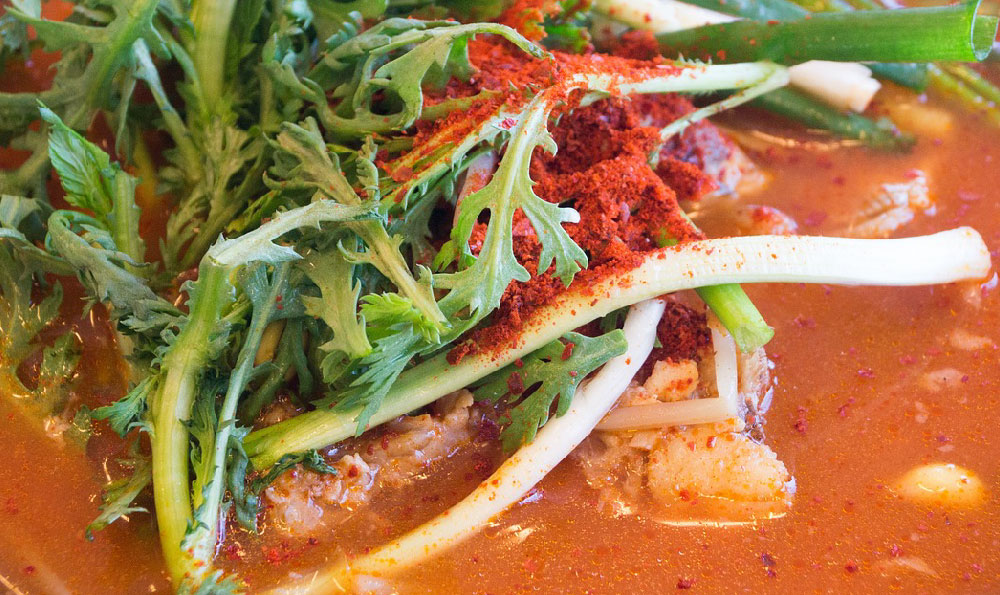
火锅和麻辣烫是两种在中国非常受欢迎的烹饪方式,它们都以火辣的味道和丰富的食材组合而闻名。尽管它们有些相似之处,火锅和麻辣烫实际上是有一些明显的区别的。本文将通过定义、分类、举例和比较等方法来阐述火锅和麻辣烫的相关知识,以明确它们之间的差异。
火锅和麻辣烫可以被定义为将各种食材放入沸腾的汤锅中煮熟后食用的菜品。它们的烹饪方式和食材组合有所不同。火锅通常是将各种蔬菜、肉类和海鲜等食材放入锅中一起煮熟,然后配以各种调味料和蘸料食用。火锅强调的是多样性和共享,人们可以根据自己的口味选择不同的食材。而麻辣烫更偏向于将主食和配料一起加热煮熟,例如面条、豆皮和鱼丸等,然后加入麻辣的汤底,强调的是辣味和浓香。
火锅和麻辣烫在食材分类上也有所不同。火锅的食材更加多样化,包括各种蔬菜、肉类、海鲜、豆制品等。在火锅中,人们可以尝试不同种类的食材,从而丰富自己的口味体验。而麻辣烫的食材主要是面食和配料,如面条、豆皮、鱼丸等。这些食材具有一定的口感特点,与火锅中的食材相比更加单一。
举例来看,火锅和麻辣烫都有各自特色的菜品。火锅中常见的有四川火锅、重庆火锅等,它们的调料和汤底都具有浓郁的辣味。而麻辣烫则以其独特的麻辣汤底而闻名,常见的有重庆麻辣烫、成都麻辣烫等。这些菜品均以不同的调料和食材搭配,展现出各自的特色和风味。
在烹饪方式上,火锅和麻辣烫也有所区别。火锅通常采用大型的锅具,将火锅底料和食材放入锅中煮熟,然后人们可以用专用的漏网捞起食材食用。而麻辣烫则采用小锅加热的方式,将主食和配料放入锅中煮熟后,可以直接用筷子夹起食材吃。
虽然火锅和麻辣烫都是将各种食材放入汤锅中煮熟的烹饪方式,但它们在烹饪方式、食材组合和口味特点等方面存在明显差异。火锅更注重多样性、共享和丰富口感,而麻辣烫则更加注重辣味和浓香口味的呈现。虽然两者有些相似之处,但火锅和麻辣烫并不是完全相同的东西。
Are Hot Pot and Spicy Soup Similar?
Introduction:
Hot pot and spicy soup are two popular cooking styles in China, both known for their spicy taste and diverse ingredient combinations. However, despite their similarities, there are some distinct differences between hot pot and spicy soup. This article aims to clarify the differences between hot pot and spicy soup using methods such as definition, classification, examples, and comparisons.
Text:
Hot pot and spicy soup can be defined as dishes in which various ingredients are cooked in boiling broth and then consumed. However, their cooking styles and ingredient combinations differ. Firstly, hot pot usually involves cooking various vegetables, meats, and seafood together in a pot, which is then served with various seasonings and dipping sauces. Hot pot focuses on diversity and sharing, allowing individuals to choose different ingredients based on their preferences. On the other hand, spicy soup leans towards cooking the main ingredients and toppings together, such as noodles, bean curd skin, and fish balls, and then adding a spicy broth. The emphasis in spicy soup is on spiciness and rich fragrance.
Hot pot and spicy soup also differ in terms of ingredient classification. Hot pot ingredients are more diverse, including various vegetables, meats, seafood, and soy products. In hot pot, people can try different types of ingredients to enrich their taste experience. Conversely, spicy soup primarily consists of noodles and toppings, such as noodles, bean curd skin, and fish balls. These ingredients have unique textures and are less varied compared to those found in hot pot.
For example, both hot pot and spicy soup have their own signature dishes. Hot pot dishes commonly found are Sichuan hot pot, Chongqing hot pot, etc., with their seasonings and broths being rich in spiciness. Spicy soup is famous for its unique spicy broth, with examples including Chongqing spicy soup, Chengdu spicy soup, etc. These dishes showcase their distinct characteristics and flavors through different seasonings and ingredient combinations.
In terms of cooking methods, hot pot and spicy soup also differ. Hot pot usually uses large cooking utensils, where the hot pot base and ingredients are cooked in the pot. People can use special strainers to retrieve the cooked ingredients for consumption. Spicy soup, on the other hand, is cooked in small pots, with the main ingredients and toppings placed in the pot and cooked. The cooked ingredients can be directly picked up with chopsticks for consumption.
Conclusion:
In conclusion, although hot pot and spicy soup are both cooking styles that involve cooking various ingredients in a broth, they differ in cooking methods, ingredient combinations, and taste profiles. Hot pot emphasizes diversity, sharing, and a rich texture, while spicy soup highlights spiciness and rich flavor. Therefore, while there are similarities between the two, hot pot and spicy soup are not entirely the same.
没有火锅底料怎么做麻辣烫:创意调料组合让麻辣烫更有风味
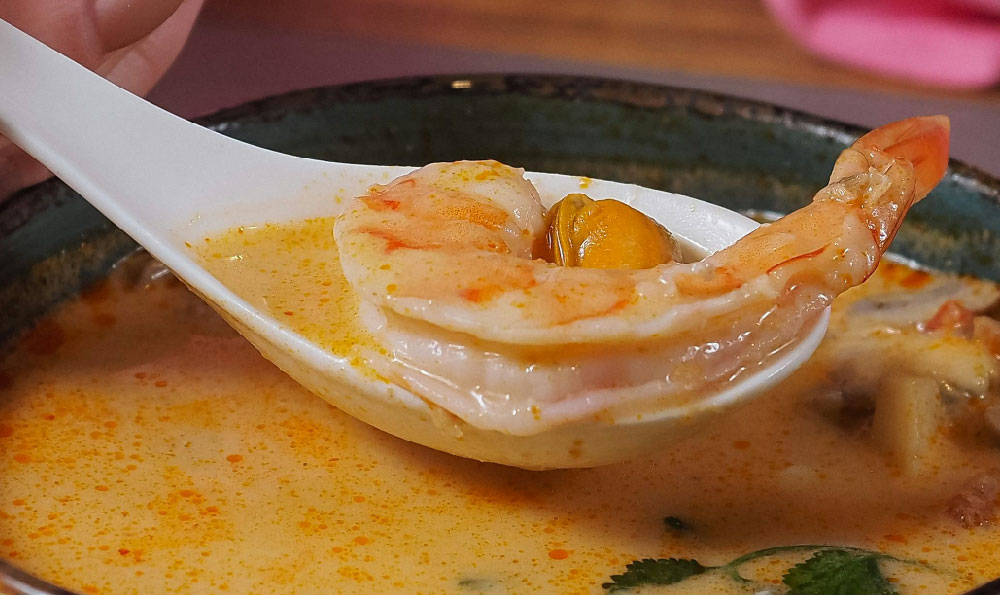
热辣麻辣烫是许多人喜爱的美食,但有时我们可能会遇到没有火锅底料的情况,那么如何处理呢?本文将为您介绍一些创意的调料组合,让您在没有火锅底料的情况下依然能够制作出美味的麻辣烫。
麻辣的起点:辣椒粉与花椒粉的绝配:
辣椒粉与花椒粉是麻辣烫的灵魂调料,它们给麻辣烫赋予了辣味与麻感。将适量的辣椒粉与花椒粉混合,然后均匀撒在麻辣烫的食材上,真正地让每一口都充满火辣的感觉。
鲜香的调剂:葱姜蒜与香菜的香气:
葱姜蒜是传统烹饪中常用的调料,同样也可以给麻辣烫带来不一样的风味。切碎葱姜蒜后加入热油中煸炒,然后倒入麻辣烫的汤底中,搅拌均匀,让其香气充分释放出来。加入一些香菜叶子作为点缀,更能提升整体口感。
酱香之源:豆瓣酱与郫县豆瓣酱的搭配:
豆瓣酱是麻辣烫中常见的调料,它可以为麻辣烫增添一抹酱香。但如果没有豆瓣酱,我们可以尝试用郫县豆瓣酱代替。将郫县豆瓣酱与水搅拌均匀后倒入麻辣烫的汤底中,使其具备浓郁的酱香味。
酸爽的点睛:陈醋与柠檬的酸味:
酸味是麻辣烫中的重要调味品,它可以增加麻辣烫的层次感。如果没有黑醋,可以使用陈醋代替。将适量的陈醋加入麻辣烫中,让其独特的酸爽味道提升整体口感。柠檬也是一种不错的选择,将柠檬切片放入麻辣烫中,可以使口感更为清新。
口感之优:香菇与豆皮的丰富:
香菇与豆皮是麻辣烫中常见的配菜,它们可以为麻辣烫增添丰富的口感。将香菇切片后加入麻辣烫中,使其口感更加鲜美。豆皮则可以切成适当大小的条状,放入麻辣烫中煮熟,增加口感的层次感。
即使没有火锅底料,我们仍然可以通过创意调料组合制作出美味的麻辣烫。辣椒粉与花椒粉为麻辣烫注入了最基本的辣味与麻感,葱姜蒜与香菜的香气使其更加鲜香,豆瓣酱与郫县豆瓣酱的搭配为其增添酱香,陈醋与柠檬的酸味赋予其口感层次,而香菇与豆皮则丰富了整体口感。只要我们有创意,麻辣烫可以在没有火锅底料的情况下依然美味可口。让我们尝试这些调料组合,发挥我们的创意,享受美味的麻辣烫吧!


